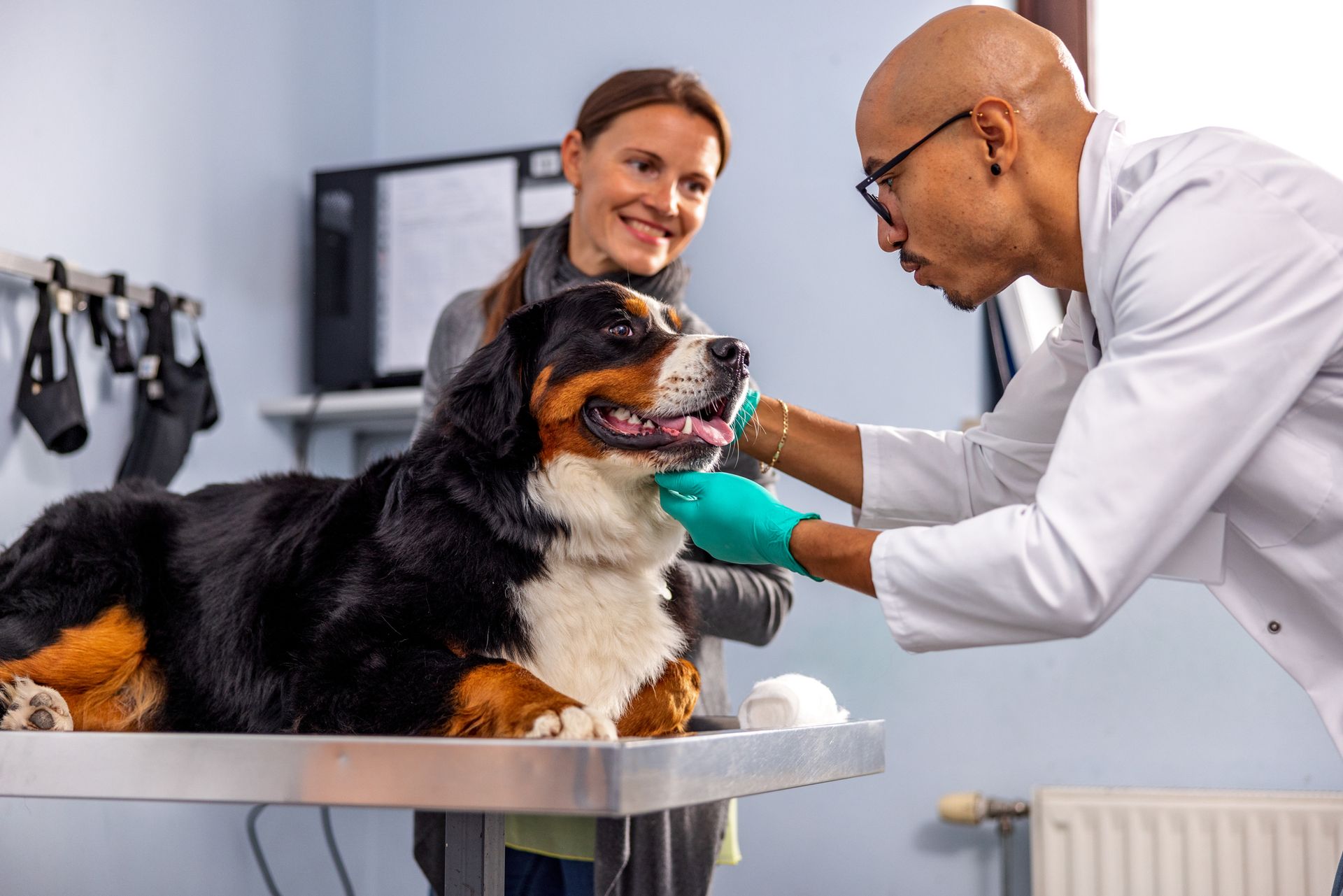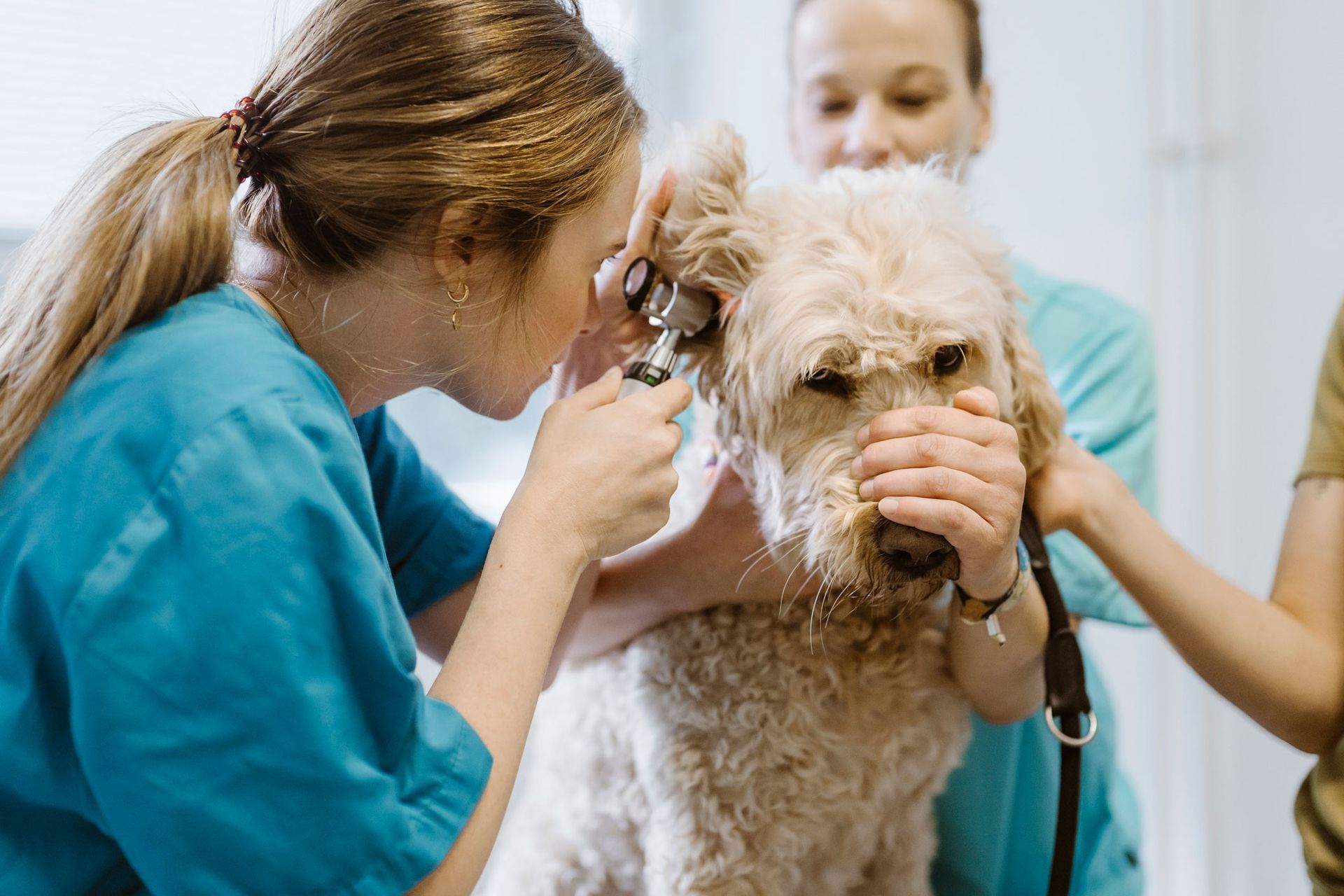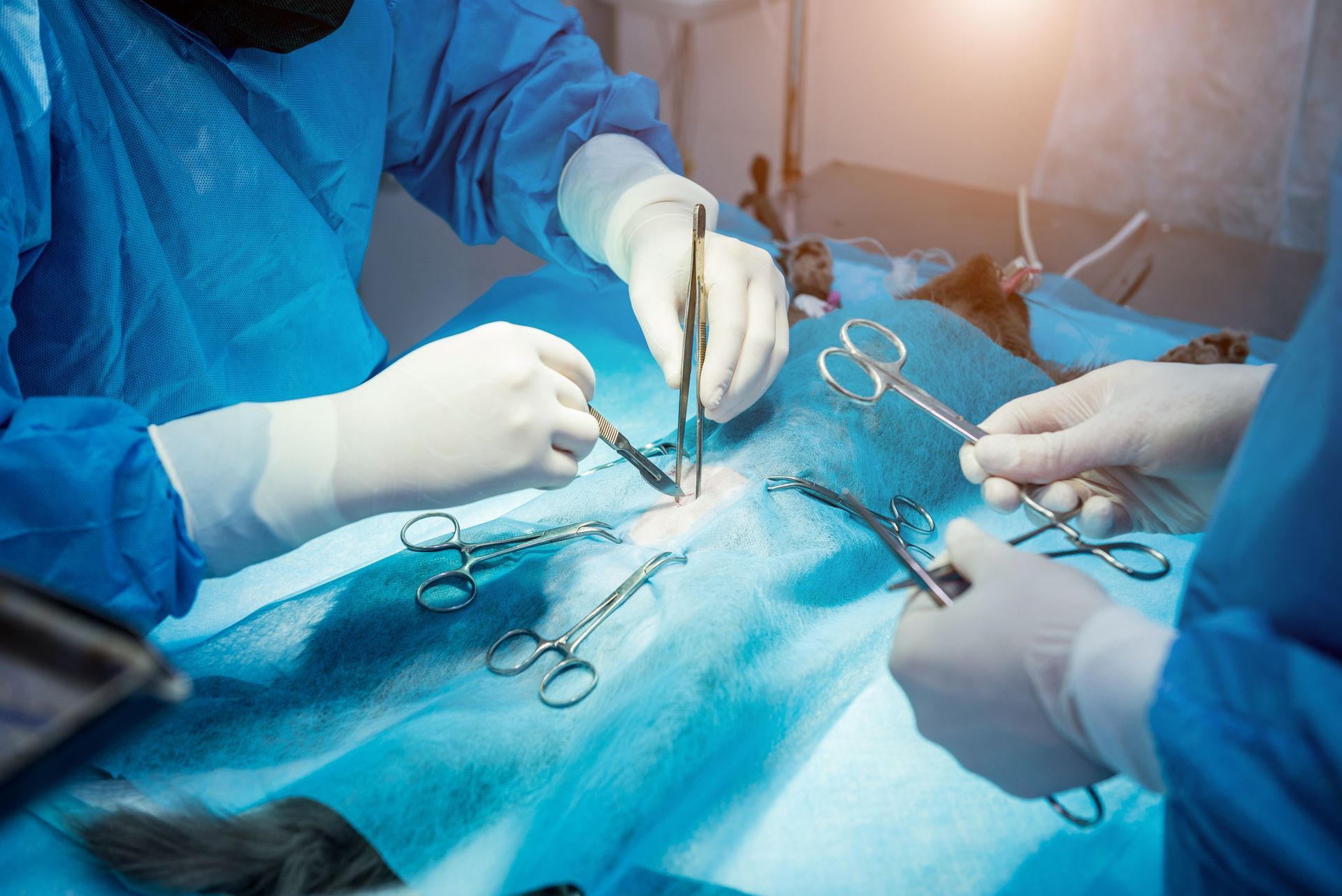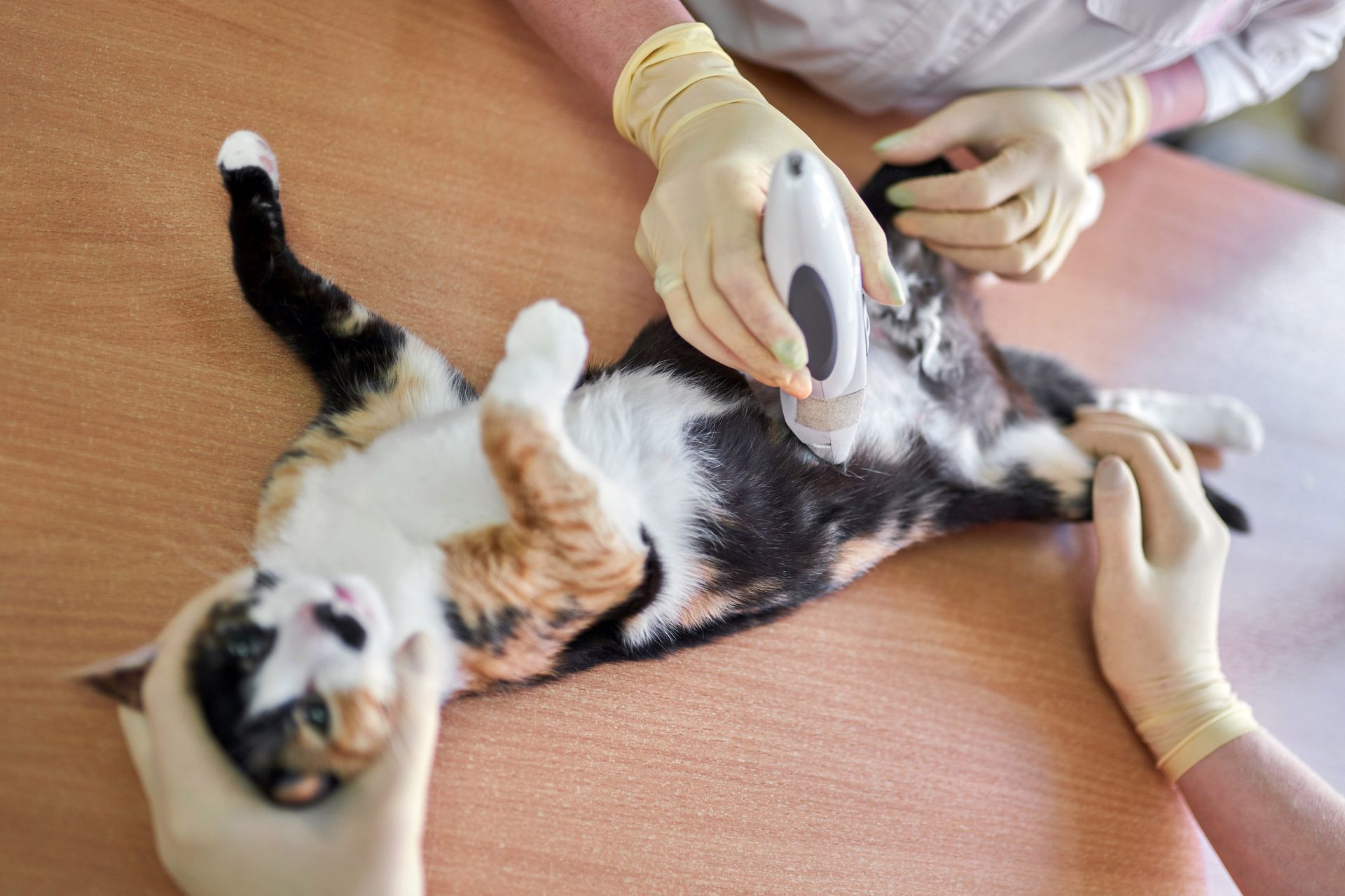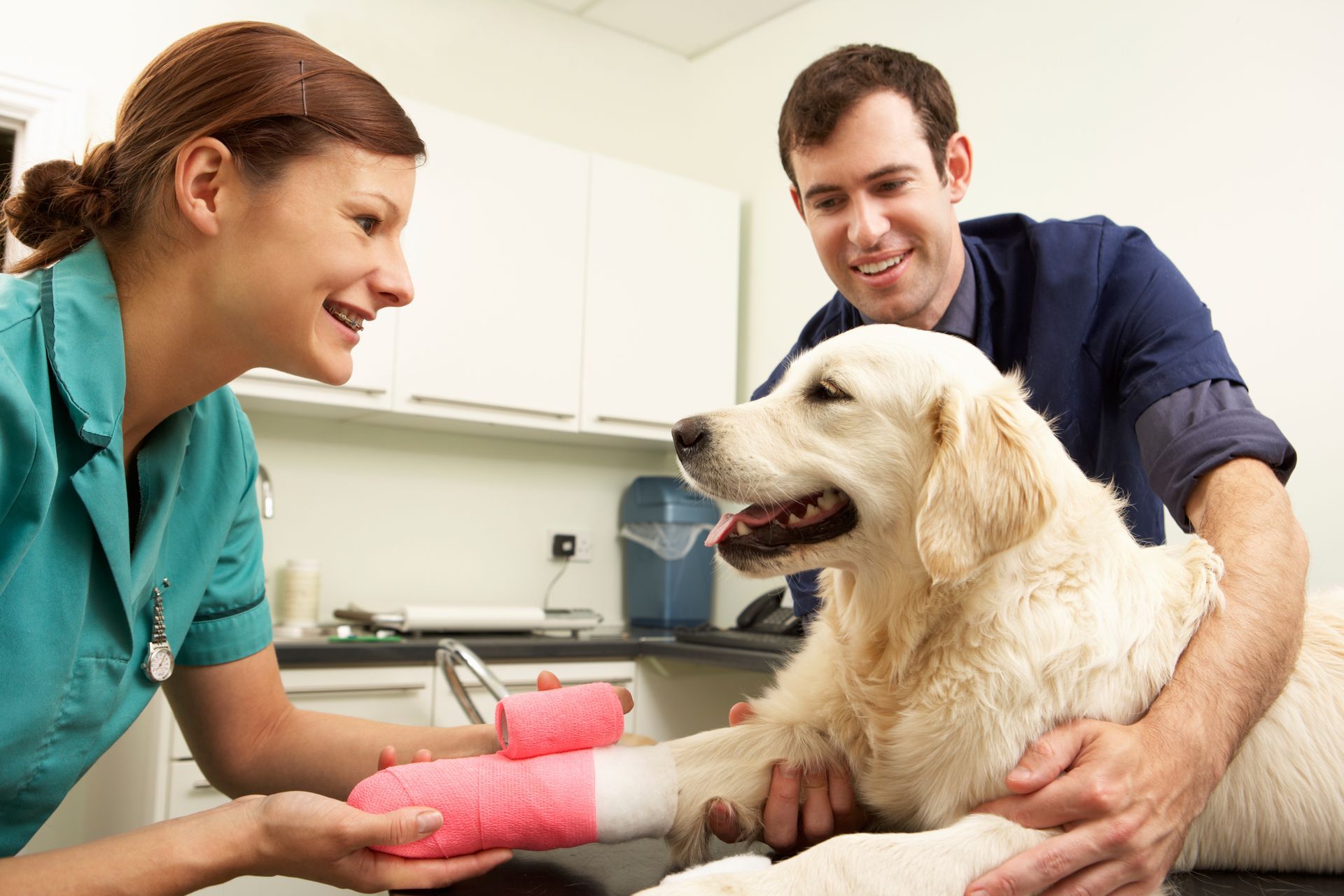What to Know Before Spaying or Neutering Your Pet: 10 Key Considerations
Thinking about spaying or neutering your pet but unsure what to expect? This important procedure offers numerous health and behavioral benefits, but proper preparation is essential. In this guide, we’ll cover the top 10 things to consider before the pet spaying procedure or pet neutering, helping you make an informed decision.
1. Why Spaying and Neutering Matter
Spaying (for females) and neutering (for males) are surgical procedures that prevent pets from reproducing. These procedures help control the pet population and offer health benefits, including reducing the risk of certain cancers and infections.
2. The Best Age for the Procedure
Veterinarians typically recommend spaying or neutering pets between 6 and 9 months old, but the ideal timing depends on breed, size, and overall health. Consult with your vet to determine the best age for your pet.
3. Health Benefits of Spaying and Neutering
Spaying reduces the risk of uterine infections and breast cancer in females while neutering lowers the chances of testicular cancer and prostate problems in males. These benefits contribute to a longer, healthier life for your pet.
4. Behavioral Improvements
Neutering can help reduce aggression, roaming tendencies, and territorial marking in male pets. Spayed females will no longer go into heat, eliminating behaviors such as excessive yowling and restlessness.
5. Pre-Surgery Preparations
Before the pet spaying procedure or pet neutering, your veterinarian may require fasting for a specific period. A pre-surgery exam ensures your pet is healthy enough for anesthesia and the procedure itself.
6. What Happens During Surgery
Spaying and neutering are routine outpatient procedures performed under general anesthesia. Spaying involves removing the ovaries and uterus, while neutering removes the testicles. Most pets return home the same day.
7. Post-Surgery Recovery Care
After the procedure, your pet will need a quiet place to rest and limited physical activity for a few days. Pain medication and an e-collar may be necessary to prevent licking at the incision site.
8. Potential Risks and Complications
Although the pet spaying procedure and pet neutering are common and safe procedures, there are minor risks like infection or adverse reactions to anesthesia. Choosing a reputable veterinary clinic minimizes these risks.
9. Cost Considerations
The cost of spaying or neutering varies based on location, pet size, and the veterinary clinic. While the upfront expense may seem high, the long-term savings from preventing health issues and unwanted litter outweigh the costs.
10. Choosing the Right Veterinary Clinic
Finding a trusted vet for your pet’s spaying or neutering is crucial. At Wolfchase Animal Hospital, we provide expert care to ensure a safe and smooth procedure. If you're considering this procedure in Arlington, TN, contact us today to schedule an appointment.
Is Spaying or Neutering Right for Your Pet?
Spaying and neutering offer numerous health and behavioral benefits while helping control the pet population. By understanding the process and preparing properly, you can make the best decision for your pet’s well-being. Are you ready to take the next step in your pet’s health journey?

